A Spider is any creature in the taxonomic order Araneae. Researchers place all Spiders in the taxonomic class Arachnida, which makes them “arachnids.” However, while all Spiders are arachnids, not all arachnids are Spiders. Other arachnids include mites, ticks, scorpions, and several other groups. Read on to learn about the Spider.
Description of the Spider
These creatures all share the same eight-legged body structure with a cephalothorax that contains their head and legs, and an enlarged abdomen. These arachnids also have fangs on their mouthparts that they use to inject venom. They vary greatly in coloration, pattern, and size.
Some species in this group have bodies so small that you can barely see them. The smallest species grows to just 0.015 in. long. Conversely, the largest members of this group can reach a diameter of one foot across or more!
Interesting Facts About the Spider
You can find a wide variety of traits and adaptations across the 48,000+ species in this group. Learn more about a few specific species, below.
- Giant Huntsman – This species reaches the largest sizes in the world. Their diameter, or leg span, can measure up to a foot across! To make matters more terrifying, this species reaches speeds up to 3 ft. per second! However, their venom doesn’t pose a danger to humans.
- Goliath Birdeater – While the giant huntsman has the longest legs, this species holds the title for heavyweight champion. It weighs up to six ounces, that’s over a quarter of a pound! Despite the name, this tarantula species does not frequently feed on birds.
- Patu Digua – This teeny-tiny species reaches just 0.37 mm. or 0.015 in. long. That means approximately five of these creatures could comfortably fit on the head of a pin! You can find this species (if you look very carefully, that is!) in Colombia.
- Australian Black Widow – Also known as the “redback,” this species shares a taxonomic genus with the North American black widow. Though its American cousin packs a punch with its bite, this species poses a serious danger to humans. Researchers estimate that these Spiders bite between 2,000 and 10,000 people every year in Australia.
Habitat of the Spider
Different species in this group live in a wide variety of different habitats. Some of the many types of ecosystems you can find these creatures in include woodlands, forests, wetlands, grasslands, deserts, rainforests, and more. Some live in trees and shrubbery, some live on the ground, and some even tunnel underground.
A wide variety of species also utilize regions where humans live, such as houses, farms, barns, gardens, attics, basements, foundations, and more.
Distribution of the Spider
These arachnids live virtually across the globe. In fact, you can find them on every single continent, with the exception of Antarctica. They have widespread global distribution. Some species live across vast expanses, while others utilize only a few minute regions or a single island. Each has its own unique range and distribution.
Diet of the Spider
The vast majority of species have carnivorous feeding habits, which means that they eat other animals. Most species have insectivorous diets, and eat primarily insects. However, some also feed on small animals like lizards, frogs, and even birds or small mammals. Each species has its own unique dietary preferences.
Are They Bugs?
Despite their appearance, Spiders are not bugs. Researchers place them in the taxonomic class Arachnida, while they place bugs, or insects, in the taxonomic class Insecta. You can tell arachnids from insects in that insects bear antenna on their heads, while arachnids do not.
Spider and Human Interaction
People interact with these creatures in a wide variety of fashions, often indirectly or accidentally. The immense majority of species do not pose any danger to humans. However, some species do pose a threat, and some people consider certain species as pests.
Sadly, human activity has placed some species in this group at risk of extinction. Habitat destruction and pesticide use can decimate populations and even entire ecosystems. The impact ranges from species to species.
Domestication
Humans have not domesticated these creatures in any way.
Does the Spider Make a Good Pet
Some species do make good pets. However, you should never keep any wild-caught species as a pet. Captive-bred and socialized individuals of certain species can have friendly and calm dispositions.
Spider Care
Care for these creatures varies greatly depending on the species at hand. Some prefer moss or mulch substrates, while others utilize sand or dirt. The temperature and humidity vary based on what the animal typically experiences in its wild habitats. However, you can typically feed these arachnids a diet of small crickets, mealworms, and other small insects.
Behavior of the Spider
The individual behavior of these creatures varies drastically. Some species live solitary lives, only converging to reproduce. Other species live in large communal webs, or congregate in large numbers under the right conditions. Some hunt actively for prey while others lie in wait for food to come to them.
Reproduction of the Spider
The reproductive rates of these creatures vary drastically. Some perform elaborate courtship dances, and in some species the female eats the male!
In most cases, the females lay eggs, which then hatch into young. Though egg fertilization occurs internally, the males typically pass the females a “packet” of sperm, known as a spermatophore. She then uses this to fertilize her eggs.
Beliefs, Superstitions, and Phobias About the Spider
Many people villainize these misunderstood creatures. While some species can reach large sizes, and some species can pose a danger to humans, most do not harm people in any way. In fact, many species actually benefit humans. Spiders feed on a variety of different insects, many of which can damage crops or pester humans.

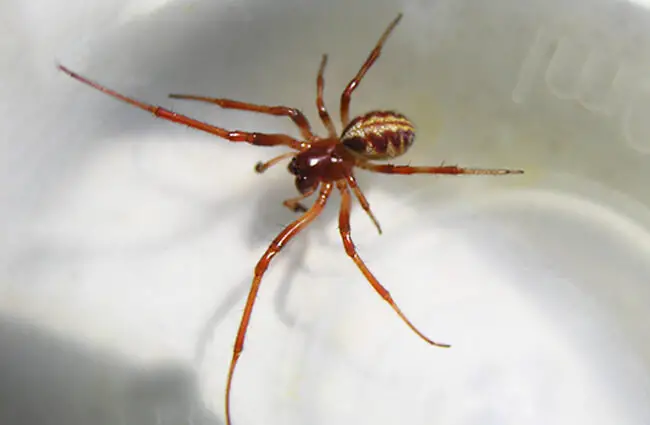
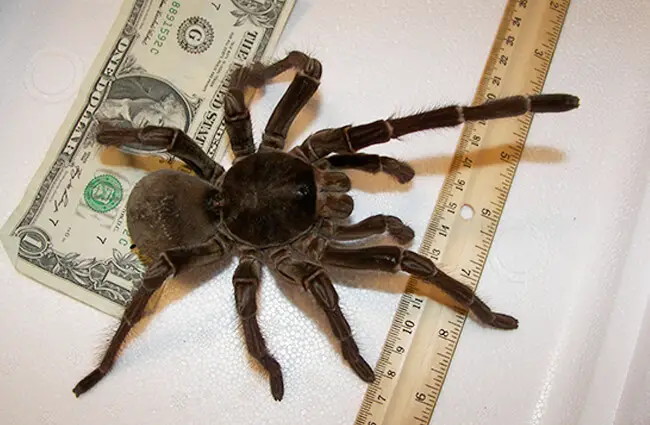
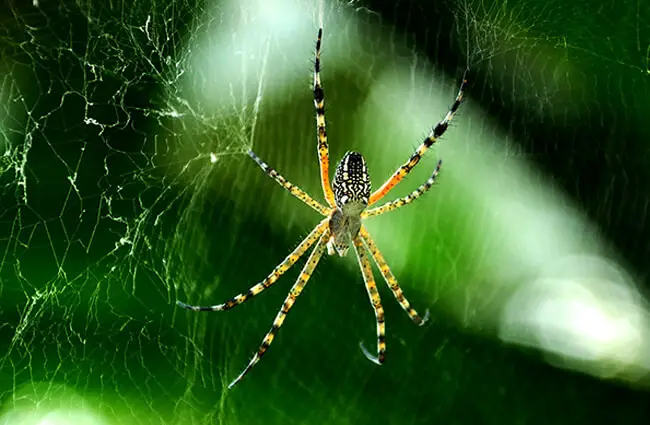
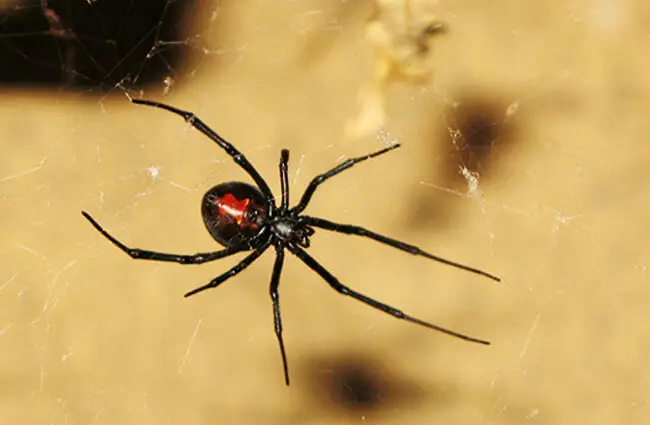
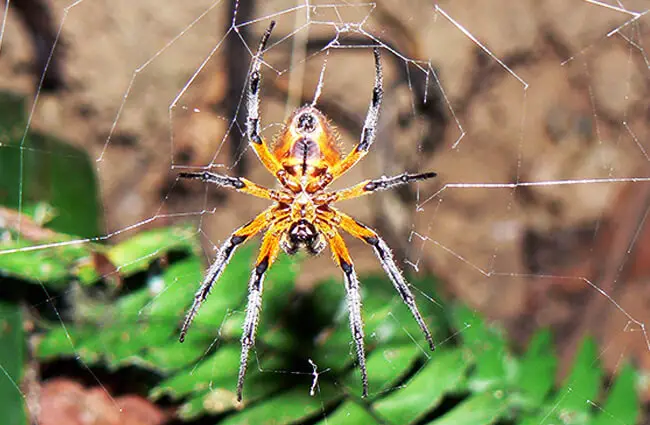
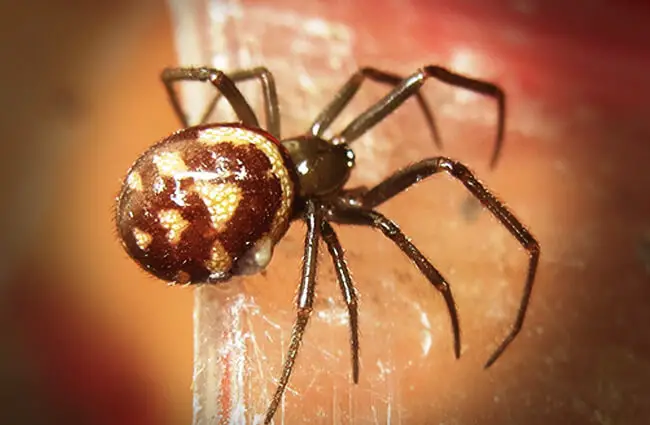
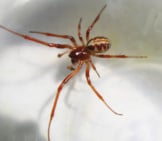


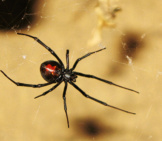

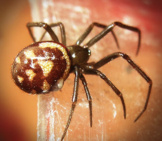
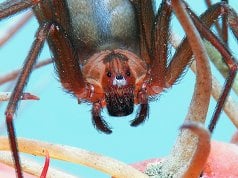
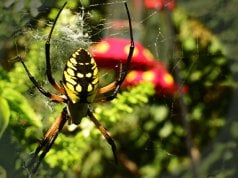











![Red Angus Closeup of a beautiful Red Angus cowPhoto by: U.S. Department of Agriculture [pubic domain]https://creativecommons.org/licenses/by/2.0/](https://animals.net/wp-content/uploads/2020/03/Red-Angus-4-100x75.jpg)

